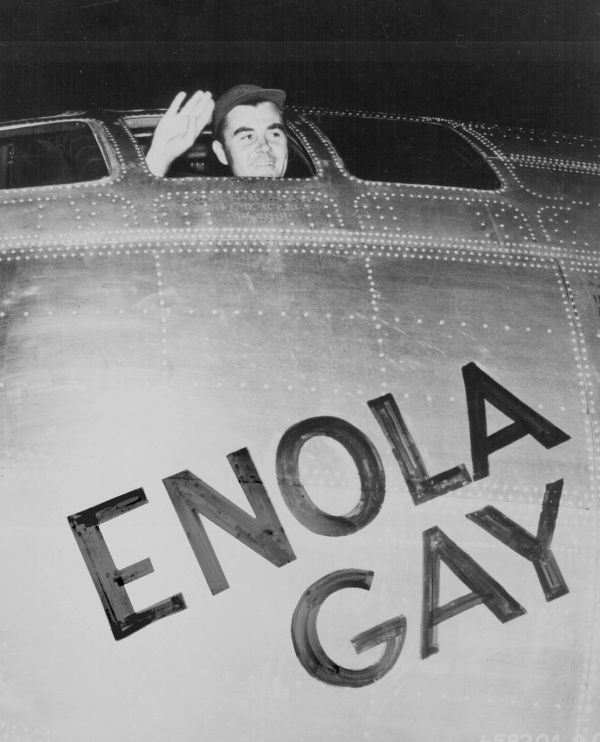Facts About Enola Gay
The Enola Gay, a Boeing B-29 Superfortress bomber, occupies a significant place in history as the first aircraft to drop an atomic bomb during World War II. On August 6, 1945, piloted by Colonel Paul Tibbets and co-piloted by Robert A. Lewis, the Enola Gay released the bomb "Little Boy" over Hiroshima, resulting in immense destruction. The bomber also played a role in the atomic bombing of Nagasaki, as unfavorable weather conditions delayed its mission.
After the war, the Enola Gay was used in nuclear tests before eventually finding a home at the Smithsonian's National Air and Space Museum, following a challenging period of storage and restoration. The aircraft was among the first B-29s specifically built for nuclear weapon delivery, undergoing several modifications to prepare for this role, including alterations to its bomb bay, propellers, engines, and the removal of armor and turrets. Colonel Tibbets and his carefully selected crew received extensive training for their missions. The bombing of Hiroshima resulted in unprecedented devastation, causing immense casualties and widespread destruction.
Post-World War II, the Enola Gay became a subject of controversy when the Smithsonian Institution planned an exhibit to commemorate the bombings. The proposed display sparked intense debate over the historical context, the motives behind the bombings, and their impact on Japanese civilians. This controversy ultimately led to the cancellation of the exhibit and the resignation of the museum's director. The Enola Gay underwent extensive restoration and has been on display at the Steven F. Udvar-Hazy Center since 2003, with the exhibit focusing more on the aircraft's technical aspects rather than the contentious historical events.
The legacy of the Enola Gay is deeply intertwined with the complex ethical and historical debates surrounding the use of atomic weapons in warfare. It stands as a poignant symbol of the moral dilemmas and far-reaching consequences of the atomic age.

 Canada
Canada